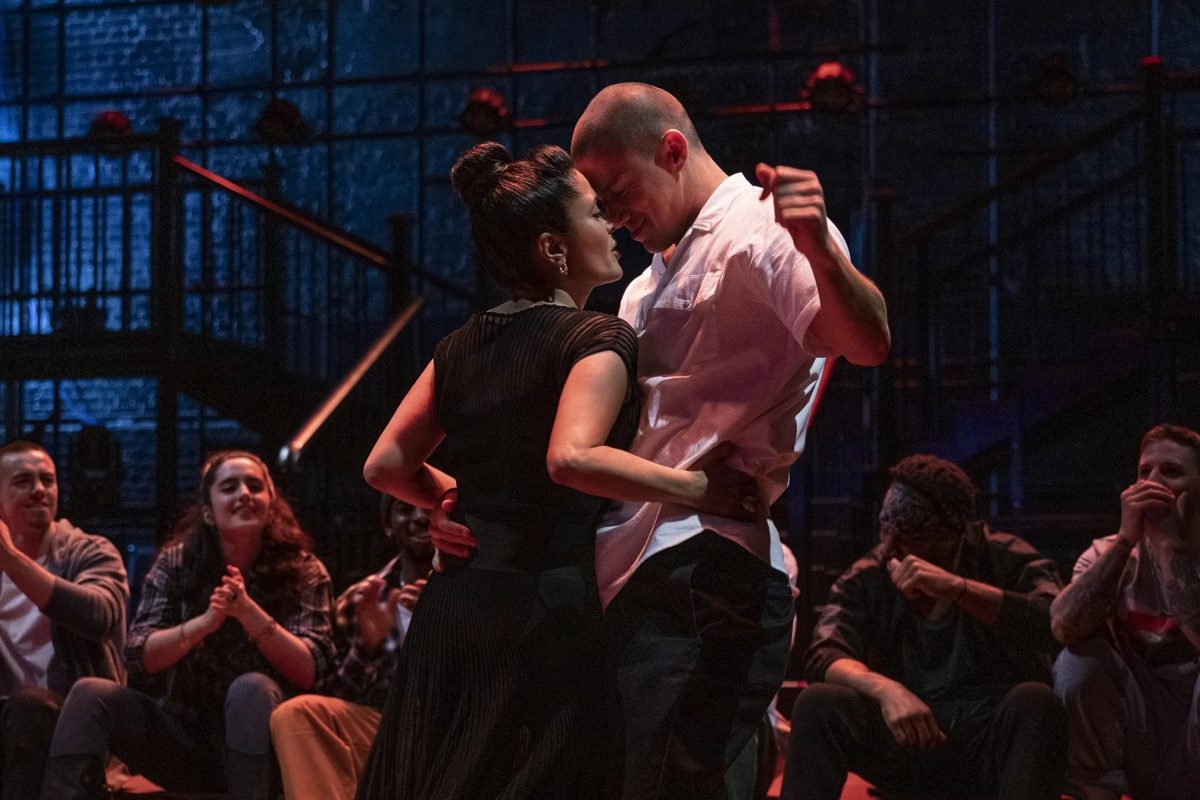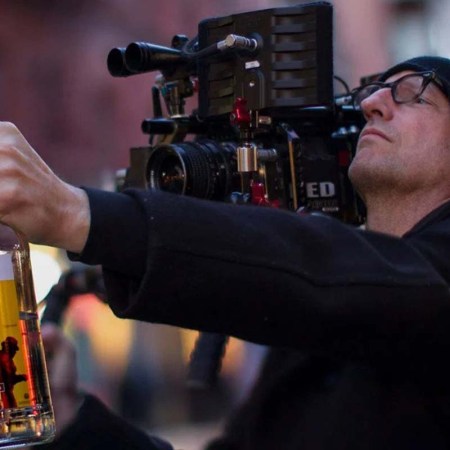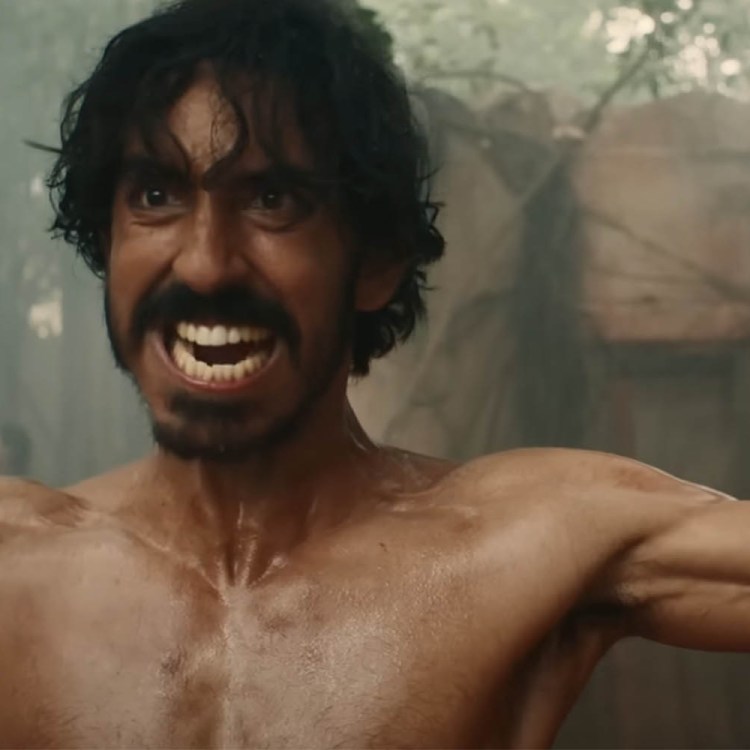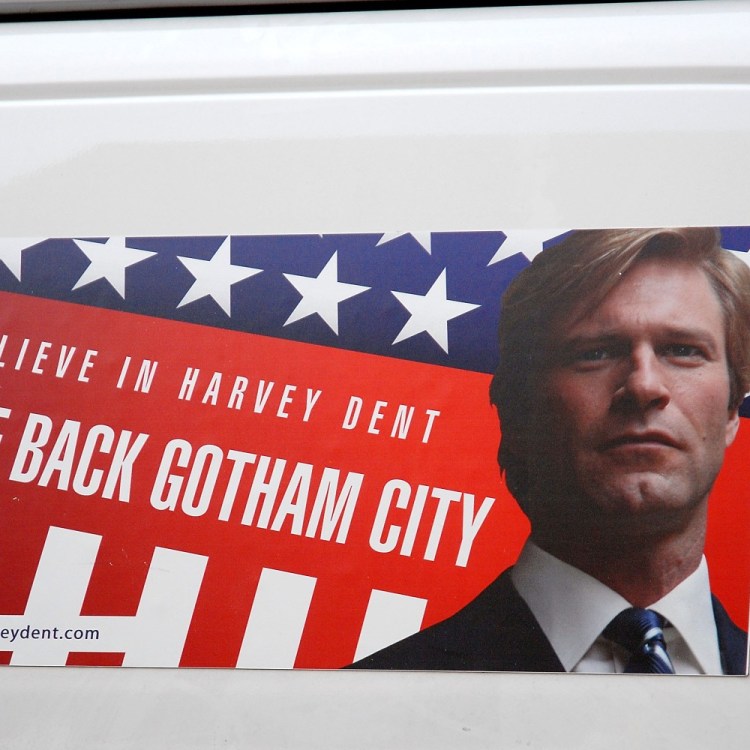“I don’t want to be some 40-year-old stripper,” Michael “Magic Mike” Lane says in the first Magic Mike, a movie that is now over 10 years old. It’s probably not a coincidence, then, that narration early in Magic Mike’s Last Dance identifies Mike as, sure enough, 40 years old — and once again at economic loose ends. Steven Soderbergh’s first Magic Mike movie was a stripper romp that also pulsated with gig-economy anxiety; the 2015 sequel Magic Mike XXL washed those anxieties away, with Mike (Channing Tatum) taking a break from his dream custom-furniture business for a road trip with his stripper buddies. Magic Mike’s Last Dance picks up with Mike’s business a pandemic casualty, and our man making a living as a bartender for a Miami-area caterer. Soderbergh didn’t direct the first sequel (though he did, mid-“retirement,” shoot and edit it); now he’s back, and with him returns the panic and desperation beneath the gyrations, baby!
Only Magic Mike’s Last Dance isn’t exactly a companion piece to the first film — or to the second, in that it jettisons the beefed-up supporting cast from that fan-beloved romp. In fine Soderbergh tradition, it is something else entirely. A number of somethings, actually: A steamy romance, a tribute to the producer as creative mentor, an advertisement for the very real Magic Mike live-show experience, a Step Up legacy sequel, and possibly the director’s version of The Band Wagon. As with that critically beloved Fred Astaire musical, an aging dancer (Tatum’s Mike) is tasked with turning around a stuffy stage show with pure, unpretentious showmanship. He works at the behest of Maxandra (Salma Hayek Pinault), a wealthy woman in the process of becoming less wealthy as she divorces her media-mogul husband. Max and Mike meet when he bartends her fundraiser, and she, in a moment of frustration, beckons him into her home and offers him six grand for a lapdance.
Mike is out of the game but he obliges, and the movie never fully tops the ensuing setpiece, an athletic duet of simulated sex played out in long takes and a few iPhone-odd angles. Afterward, discreetly off-camera, Max and Mike wind up sleeping together for real (he forgoes his dance fee), and Max is immediately convinced he has what it takes to direct a one-night revue at the storied London theater she now owns. She puts him up in her London apartment, complete with stuffy butler (Ayub Khan Din) and Max’s teenage daughter (Jemelia George), and curtails their romantic relationship, focusing on giving Mike the resources he needs to put on a big dance show.
Though much is made, to a sometimes-corny degree, of Floirda’s plainspoken Magic Mike shaking up fusty old West End texts with his stripper magic, that show isn’t exactly straight from out-of-town tryouts in Tampa. Anyone watching Last Dance without the seedy backstory of the first movie could be forgiven for assuming Mike’s previous day job was choreographer of mildly risqué ballet — or a day player on a Step Up movie, which is where Tatum got his start as a leading man. That first Step Up movie was actually the weakest, a dull romance about shoehorning a hip-hop dancer into ballet; subsequent entries reversed the formula to greater effect without Tatum. So it feels like a full-circle moment when Last Dance cribs from the series in several of its performances, like a brief flash-mob-like sequence on a bus, or a performance that soaks the London stage in fake rain, a Step Up hallmark.
Has Soderbergh been yearning, all these years and all these many movies, to make his own musical? He’s never particularly appeared to, and his brainy, angular style has never particularly called out for it, the way that the fluidity of Steven Spielberg’s camera practically begged for song and dance long before he made West Side Story. What seems to engage him most here is the opportunity to specifically make a Channing Tatum dance musical; this is as much Tatum’s show as Soderbergh’s. It’s their fifth film together, and the behind-the-scenes material, where Max coaxes and prods Mike through the process of directing a show, plays like an erotic gloss on whatever ropes Soderbergh was able to show Tatum in the process of guiding him from model to actor and filmmaker. (The first Magic Mike is loosely based on Tatum’s experiences, and he co-directed his first movie, Dog, last year.) Soderbergh has forged a number of long-term collaborations with a variety of performers over the years, and Magic Mike’s Last Dance is his first movie since the playacting-heavy Ocean’s trilogy that feels like a coded depiction of those ridiculous, glorious professional relationships, zeroing in on Soderbergh’s ongoing interest in performers who lack traditional, polished, Hollywood-level experience, as seen in the kitchen-sink drama Bubble, the Gina Carano action vehicle Haywire and The Girlfriend Experience, wherein adult film performer Sasha Grey plays a high-end escort navigating the 2008 financial collapse.
Back in 2012, Magic Mike felt closer to one of those experiments than a trilogy-starter, and thematically speaking, the superior original film still feels more closely linked to The Girlfriend Experience than either of its direct sequels. The first movie had a thornier relationship to male stripping, acknowledging the giddy rush, even borderline transgressive, that the dancers provide for their audience, while understanding that they’re selling bodies — and that Mike, at least, would prefer to ultimately keep a piece for himself. Magic Mike XXL, in a noble effort to provide the spectacle viewers were promised in the first movie, focused on the dancers’ abilities to provide female pleasure, while Magic Mike’s Last Dance trumpets dance as a broader form of liberation for all — sometimes with a wink, as when Soderbergh introduces London not with a montage of landmarks, but of tourist tchotchkes.
That’s arguably what Soderbergh is selling here, too: a shelf of unnamed-dancer souvenirs, sanitized enough for a PG-13, even if some of the movie’s language (and early heat between its stars) garners a grown-up R rating anyway. Yet there’s something moving about the way Soderbergh zeroes in on the ephemeral nature of live performance. We don’t learn anything about the other dancers this time around Z — is that objectification, or a kind of protection? — and it’s clear that Mike’s show, and especially his specific, inevitable on-stage participation, is a one-night-only affair, expressing his feelings and moving on. Dance is still a commodity, like anything else; Mike is only able to brave this new career path by the grace of a wealthy benefactor, herself privy to the whims of a separation agreement that may not hold. The movie then suggests that this may not matter, may in fact be part of what makes watching bodies in motion so pleasurable, could even be why Soderbergh cuts the delightful bus-dancing sequence off at the knees. If Magic Mike’s Last Dance retains anything in common with the original film, that’s it: the nagging feeling that none of this can last.
This article was featured in the InsideHook newsletter. Sign up now.























